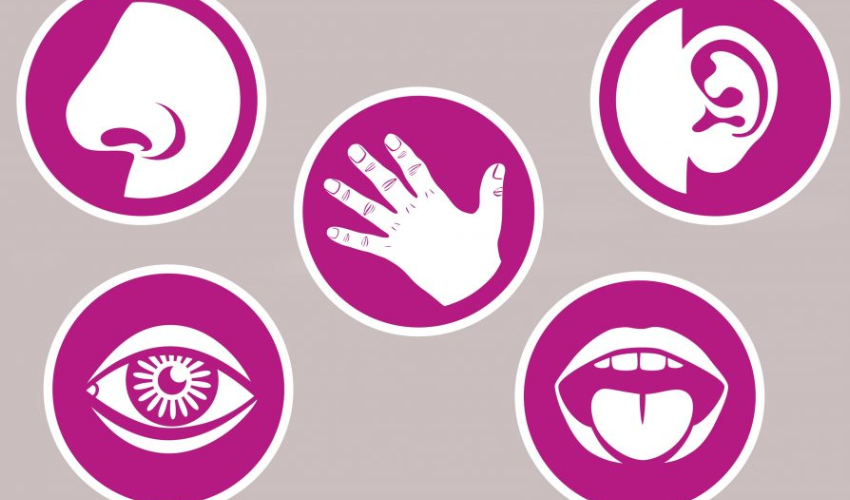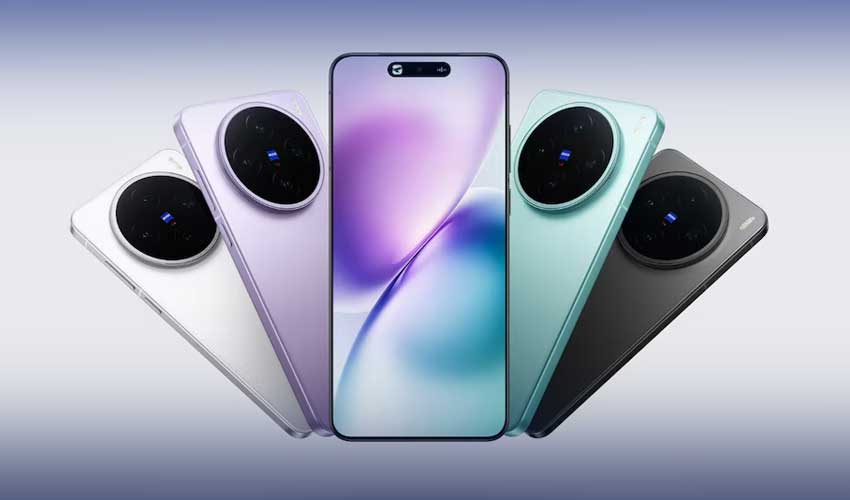Have you ever wondered how you can feel a gentle breeze on your skin or the soft touch of a feather? Well, scientists have recently discovered that we have a secret touch sensor hidden right under our noses – or rather, in our hair follicles.
For years, scientists believed that our sense of touch was entirely dependent on nerve endings in our skin.
These nerve endings, like tiny antennae, are constantly scanning our skin for any pressure or vibration. They then send signals to our brains, which interpret those signals as touch.
However, a new study published in the journal Science Advances has revealed that our hair follicles play a much more active role in our sense of touch than we previously thought.
The study, led by researchers at Imperial College London, found that cells in the outer root sheath (ORS) of hair follicles have a higher percentage of touch-sensitive receptors than equivalent cells in the skin.
These ORS cells are not just passive sensors; they are also active communicators. When they are stimulated, they release neurotransmitters, which are chemicals that transmit signals between cells.
In this case, the ORS cells release the neurotransmitters serotonin and histamine.
These neurotransmitters then signal to nearby sensory nerves, which send the sensation of touch to the brain. This means that our hair follicles are not just bystanders in our sense of touch; they are active participants.
The discovery of this new touch sensor could have important implications for our understanding of skin diseases, such as eczema.
Eczema is a chronic skin condition that causes itching, dryness, and inflammation. It is thought to be caused by a combination of genetic and environmental factors.
The fact that ORS cells release histamine is particularly interesting as histamine is known to play a role in inflammation. This suggests that ORS cells may be involved in the development of eczema.
Further research is needed to determine the exact role that ORS cells play in eczema and other skin diseases. However, this discovery is a significant step forward in our understanding of how our skin senses touch.
In addition to its potential medical applications, the discovery of this new touch sensor also raises some interesting questions about our perception of the world around us. For example, how does the information from our hair follicles combine with the information from our skin to create a complete sense of touch?
These are questions that scientists are only beginning to explore. But one thing is for sure: our hair follicles are playing a much more important role in our lives than we ever imagined.



























